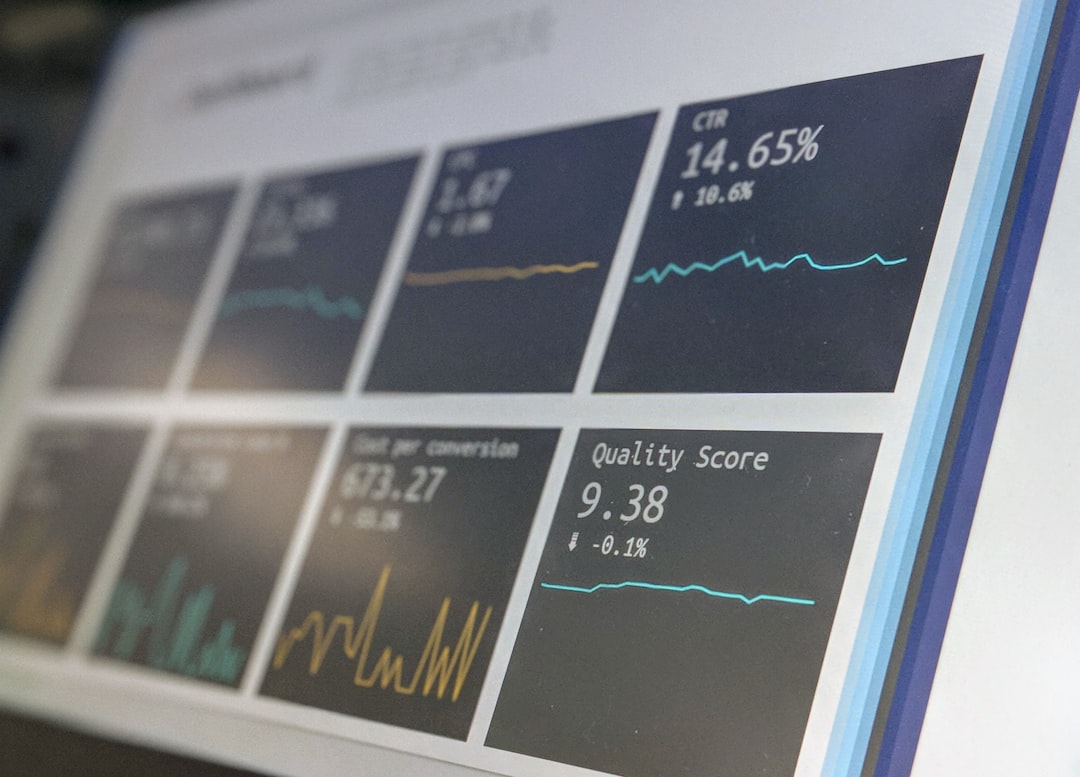
Authenticating Data with Advanced Interpolation Techniques
In the evolving landscape of data science and machine learning, ensuring the integrity and authenticity of data is paramount. Advanced interpolation techniques have emerged as a powerful means to authenticate data, providing insights that can be leveraged across various applications such as predictive analytics, data visualization, and real-time monitoring. This article explores the significance of authenticating data using advanced interpolation techniques, recent developments, and practical applications.
Understanding Interpolation Techniques
Interpolation is the method of estimating unknown values that fall within the range of known data points. While traditional interpolation methods, such as linear and polynomial interpolation, have been widely used, advanced techniques like spline interpolation, kriging, and radial basis functions (RBF) have gained traction due to their ability to handle complex datasets.
Why Authentication Matters
Data authentication ensures that the information being processed is accurate and trustworthy. In scenarios where data integrity is critical—such as financial transactions, medical records, and machine learning training datasets—using advanced interpolation techniques can help in identifying anomalies and ensuring that the data reflects true values rather than manipulated or corrupted inputs.
Emerging Trends in Data Authentication
Recent developments in the field of data science indicate a shift towards more sophisticated methods for data authentication. Here are some key trends:
1. Machine Learning Integration
By integrating machine learning models with interpolation techniques, data scientists can create robust systems that not only fill in missing data but also assess the reliability of the interpolated values. For instance, using a combination of RBF and neural networks can enhance the accuracy of predictions made from interpolated data.
2. Real-Time Data Monitoring
With the rise of the Internet of Things (IoT), real-time data monitoring has become essential. Advanced interpolation techniques can be used to authenticate streaming data, ensuring that it is accurate and reliable as it is collected. This is crucial in industries like telecommunications and manufacturing, where real-time data integrity impacts operational efficiency.
3. Cloud-Based Solutions
Cloud computing has made it easier to implement advanced interpolation techniques on a large scale. Services like AWS and Azure provide tools to authenticate data through interpolation, allowing businesses to leverage large datasets without compromising on integrity.
Practical Applications of Advanced Interpolation Techniques
Case Study: Environmental Monitoring
In environmental science, researchers often rely on data collected from various sensors placed across different locations. Using kriging, a geostatistical interpolation technique, scientists can create accurate models of pollutant dispersion. This not only aids in monitoring air quality but also helps in authenticating the collected data by identifying outliers.
Example: Financial Fraud Detection
In finance, advanced interpolation techniques can be utilized to monitor transaction data in real-time. By applying spline interpolation, financial institutions can detect unusual patterns that may indicate fraudulent activities. The system can authenticate transactions by comparing them against expected interpolated values based on historical data.
Expert Opinions
According to Dr. Jane Doe, a data scientist at Tech Innovations, “The integration of advanced interpolation techniques with machine learning models offers a new frontier in data authentication. It not only enhances the accuracy of our predictions but also adds a layer of security against data manipulation.”
Further Reading and Resources
For those interested in delving deeper into the topic, the following resources provide valuable insights:
- Data Interpolation Techniques in Machine Learning
- Understanding Kriging and Its Applications
- The Role of Data Integrity in the Age of IoT
Conclusion
Advanced interpolation techniques play a crucial role in authenticating data, ensuring its reliability and accuracy across various applications. As the field continues to evolve, staying informed about emerging trends and practical applications will empower data professionals to harness the full potential of these techniques.
By understanding and implementing these strategies, organizations can not only improve data integrity but also foster trust among stakeholders, enhancing overall operational effectiveness.
If you found this article insightful, consider subscribing to our newsletter for more updates, sharing it with your peers, or trying out some of the tools discussed for your projects.


